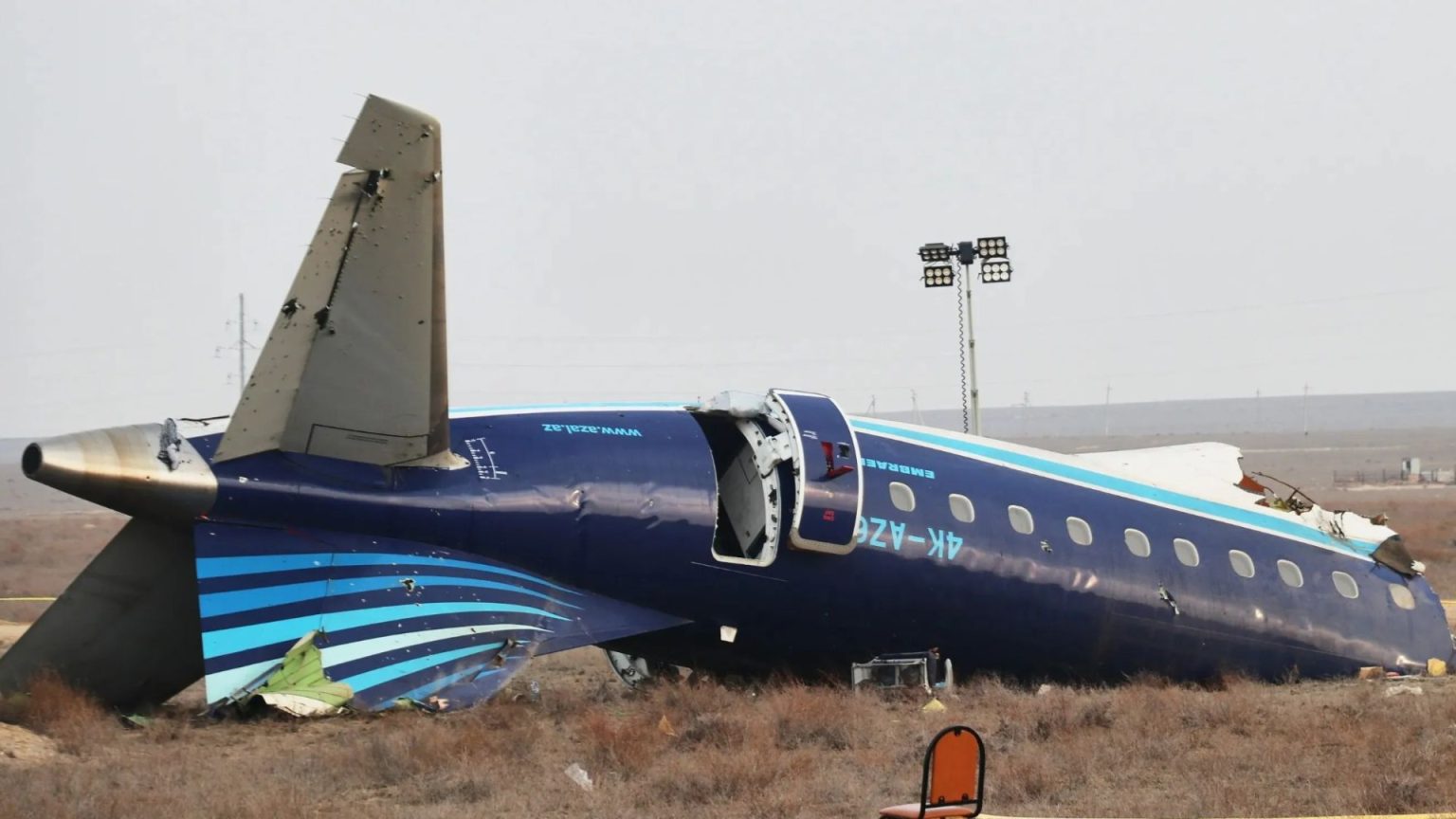The downing of civilian aircraft by missiles has emerged as the most significant threat to air travelers in the past decade, surpassing terrorism and technical malfunctions as the leading cause of fatalities. The recent crash of an Azerbaijan Airlines flight near Aktau, Kazakhstan, on Christmas Day tragically underscores this alarming trend. While the cause is still under investigation, suspicions of a missile strike point to the potential involvement of Russia, raising the specter of yet another instance of civilian aircraft becoming casualties of political conflict. With over 500 lives lost in missile attacks on civilian planes since 2014, this represents a stark departure from the preceding decade, which saw no such incidents. The growing frequency of these attacks necessitates a renewed focus on mitigating this evolving threat to aviation safety.
The Azerbaijan Airlines crash, which claimed the lives of 38 out of 67 passengers, marks the third major commercial jet to be shot down amidst political tensions in the last ten years. Early reports suggest a Russian missile may have struck the aircraft as it flew over Chechnya, a region where Russia has deployed air defense systems against Ukrainian drones. While Russian and Kazakhstani authorities initially attributed the crash to a bird strike, analysis by the Conflict Intelligence Team revealed potential bullet holes in the wreckage, raising serious concerns about a missile attack. This incident, if confirmed as a missile strike, would bring the total number of passenger deaths linked to Russia’s actions to 330, following the downing of Malaysia Airlines Flight MH17 in 2014.
The downing of MH17 over Ukraine in 2014 stands as a grim reminder of the devastating consequences of missile strikes on civilian aircraft. A Russian-made Buk surface-to-air missile launched by pro-Russian rebels ended the lives of all 298 people on board, including 80 children. The international outcry that followed underscored the grave violation of international law and the human cost of armed conflict. This tragedy serves as a stark warning against the indiscriminate use of missiles in conflict zones, highlighting the urgent need for stricter regulations and greater accountability to protect civilian airliners.
The 2020 downing of Ukraine International Airlines Flight PS752 by Iranian forces further exemplifies the dangers posed by missile systems. The accidental strike, attributed to heightened tensions between Iran and the United States, resulted in the deaths of all 176 passengers and crew. While Iran admitted responsibility and prosecuted those involved, the incident highlighted the risks associated with deploying missile defense systems in close proximity to civilian flight paths, particularly during periods of heightened political and military tension. This incident reinforces the need for robust safety protocols and clear communication to prevent similar tragedies.
The rising threat of missile attacks on civilian aircraft presents a significant challenge to the aviation industry and the international community. The frequency of these incidents in recent years underscores the need for proactive measures to mitigate this risk. This includes the implementation of stricter air traffic control procedures in conflict zones, enhanced international cooperation to prevent the proliferation of missile systems, and the development of technologies to detect and evade missile threats. Furthermore, holding those responsible for these attacks accountable is crucial to deter future incidents and uphold the safety and security of civilian aviation.
The recurring pattern of commercial airliners becoming targets in political and military conflicts demands a comprehensive and coordinated response. Addressing this complex challenge requires a multi-pronged approach that encompasses enhanced air safety protocols, stricter international regulations, and diplomatic efforts to de-escalate tensions and prevent future conflicts. Prioritizing the safety of civilian air travel is paramount, and a collective commitment to these measures is essential to mitigate the growing threat posed by missile strikes and ensure the continued safety of the skies. The lives lost in these tragedies serve as a stark reminder of the urgent need for action.











